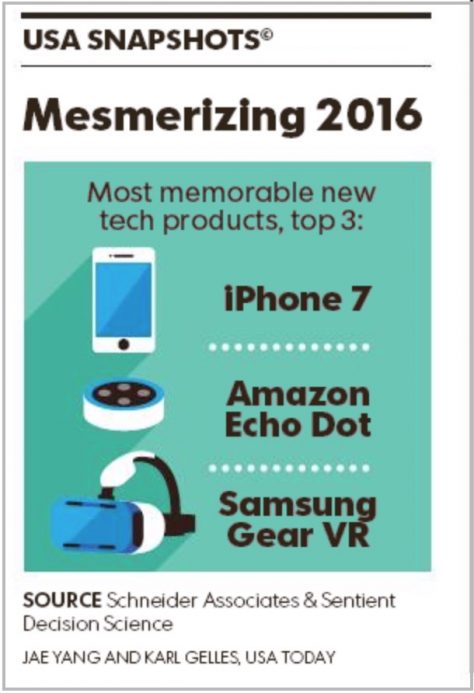How Emotion Cements New Products in Consumer Memory
Yet, even in non-election years, the highest percentage of Americans who can recall a new product hovers around 60 percent. So what kinds of products are able to break into consumer consciousness? What does it take to keep a product top-of-mind with consumers?
The answer is easy: an emotional connection.
We consistently find the new products that are top-of-mind for consumers are those that have made an emotional connection. With over 40,000 new products launched each year in the U.S., emotion coupled with repeated exposure through multiple channels is the one-two punch approach for breaking through.
The reason this combination is so potent goes to the very foundation of how memories are formed.
What Makes a Memory?
Memory structures in the human mind are created and strengthened by repeated pairing of two concepts (e.g. “Hungry? Grab a Snickers!”). The more the repetition the stronger the association. The more sources of information delivering the pairing of the two concepts, the more robust the neural network associations surrounding the pairing, and thus the harder it is to erase that memory from the mind.
So how does emotion play a role in the way memories are formed?
Essentially, emotion acts as an amplifier. The stronger the emotion at the moment of pairing, the stronger the association that is formed, and therefore (and this is key for marketers) the fewer repetitions needed to cement that memory in consumer minds.
Put another way, you could spend the same marketing budget on your new product launch campaign as your competition, with the same reach and frequency and number of sources, but if your message is not as emotional, your competition will win.
The Most Memorable New Product Launch
For eight years, Sentient Decision Decision Science has partnered with Schneider Associates to conduct the Most
Memorable New Product Launch Survey. The work—which was featured in USA Today—is revolutionizing the way the marketers can measure and enhance the emotion inherent in new product launches.
This year in the MMNPL we implemented an advanced neuromarketing technique using a technology called Sentient Prime, which measures the strength of emotional associations with new products in memory. Using a patent-pending emotional swipe technology, coupled with millisecond timing and intensity measures on mobile devices, we captured the depth of encoding in memory of all 50 new product launches on the MMNPL list.
The results were telling.
Budget Isn’t Everything
Apple, the world’s leader in emotional marketing, has the formula for memory encoding down pat. The iPhone 7 scored the highest in emotional memory encoding with an index score of 134.4—over 30 points higher than the nearest competitor.
But what if you’re not Apple? Can you still break through into the consumer subconscious and make that emotional connection you need? Absolutely.
Consider the success of Pizza Hut Grilled Cheese Stuffed Crust Pizza, which has a sliver of the marketing budget of Apple’s iPhone 7. While only 13-percent of consumers reported recalling the product top-of-mind, the Sentient Prime non-conscious data revealed that 50-percent of consumers showed a subconscious emotional trace in their memories.
This positive connection, if made repeatedly through multiple sources of information to the right target audience, would result in long lasting, business driving emotional associations cemented in consumer memory.
So how do you amplify your message and breakthrough, even in bombastic election years? Touch people, emotionally.

